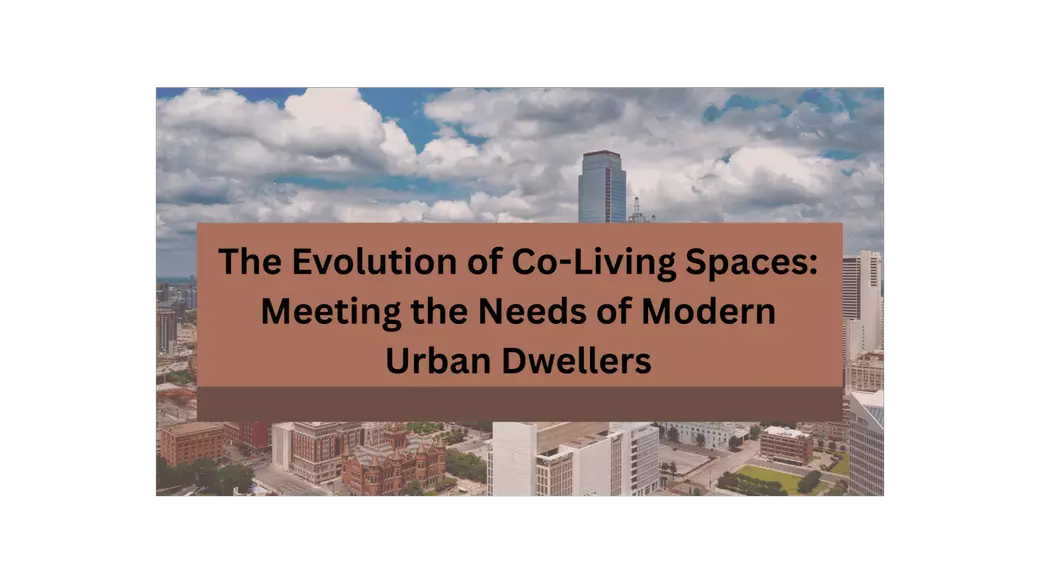The Evolution of Co-Living Spaces: Meeting the Needs of Modern Urban Dwellers

In recent years, urban living has undergone a significant transformation, with co-living spaces emerging as a popular solution to the challenges faced by modern city dwellers. These innovative housing models blend private living quarters with shared communal areas, fostering a sense of community while addressing issues of affordability and flexibility.
The Rise of Co-Living
Co-living is a contemporary take on communal living, where residents have their own private spaces—typically bedrooms—while sharing common areas such as kitchens, living rooms, and workspaces. This arrangement not only reduces individual living costs but also promotes social interaction among residents. The concept has gained traction, particularly among millennials and young professionals, who prioritize experiences and community over traditional notions of ownership.
Driving Factors
Several factors have contributed to the growth of co-living spaces:
-
Affordability: As urban housing costs soar, co-living offers a cost-effective alternative by distributing expenses across multiple residents.
-
Flexibility: Many co-living arrangements come with flexible lease terms, catering to individuals seeking temporary accommodations without long-term commitments.
-
Community Engagement: In an era where social isolation is a growing concern, co-living fosters a built-in community, providing residents with opportunities for networking and collaboration.
Design and Amenities
Modern co-living spaces are thoughtfully designed to balance privacy and community. Private rooms are complemented by well-appointed communal areas equipped with amenities such as high-speed internet, co-working spaces, gyms, and entertainment zones. Some co-living operators also organize events and workshops, enhancing the communal experience.
Global Examples
Cities worldwide have embraced the co-living trend. In London, developments like The Collective Old Oak offer residents private en-suite rooms alongside shared spaces such as kitchens, lounges, and even cinemas. Similarly, in the United States, companies like Common provide fully furnished private bedrooms within shared suites, along with community events and cleaning services.
Challenges and Considerations
While co-living presents numerous benefits, it also comes with challenges. Ensuring compatibility among residents, maintaining privacy, and navigating local housing regulations require careful management. Additionally, the transient nature of some co-living arrangements can impact the stability of the community.
The Future of Urban Living
As urbanization continues and housing affordability remains a pressing issue, co-living spaces are poised to play a significant role in the future of urban housing. By offering a blend of privacy, community, and flexibility, co-living addresses the evolving needs of modern urban dwellers, redefining the concept of home in the city.
Categories
Recent Posts











